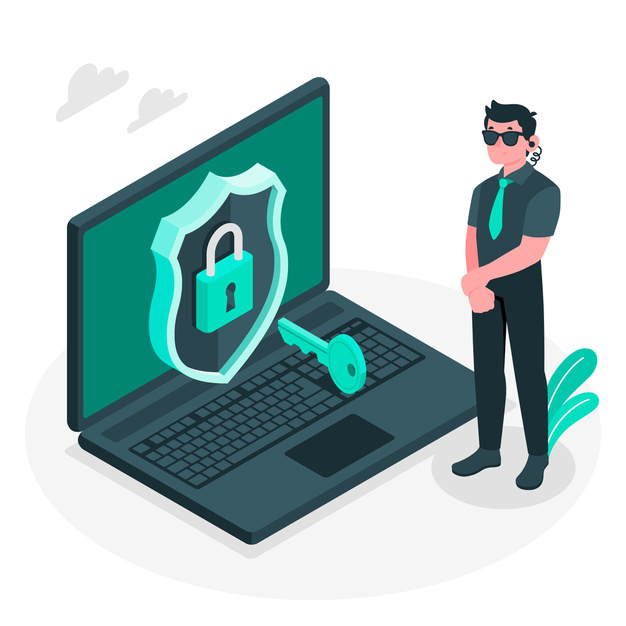If you are running a website, even just for fun, you need to know how to get a secure website. The good news is that this can be a lot simpler than it might sound.
How to get a secure website
The way to get a secure website will depend on what approach you use to create it. Some companies offer a hosting package with a proprietary content management system. These are generally marketed as all-in-one website-building solutions. With these packages, the vendor takes care of everything except the actual content. This includes security.
The downside of these packages is that what you can do with your website is limited to what the vendor supports. That said, these vendors stay in business by providing most, if not all, of what the average SMB is likely to need and/or want. This means that the can be a very viable solution, especially for SMBs on the smaller side.

On the other hand, many SMBs are going to prefer the freedom of choosing their own hosting and their own CMS. This can also be substantially more affordable, which is often a compelling argument for SMBs. In this situation, security is on you, so here is what you need to know.
You need to choose your hosting solution with care
First of all, you need to check that any potential host has a good track record when it comes to maintaining security (as well as uptime and loading time). Once you have found a suitable host, you then need to think about what particular hosting option works best for you. Many hosts will provide a range of options, but ultimately the choice boils down to a dedicated server or some form of sharing arrangement.
Strictly speaking, a dedicated server is the most secure option, because it eliminates any possibility of your site being compromised through someone else’s error. It is, however, also the most expensive option. Shared hosting can be a perfectly viable option provided that you use a competent host, who will promptly suspend accounts at the first sign of anything being amiss.
You also need to be prepared to manage your settings to prevent any malware infections being spread to your website. In particular, you need to pay close attention to your file and directory permissions.
You need to learn about the software you use
First of all, you need to choose your CMS with care. WordPress is popular for a reason and it may be the right option for you, but there are plenty of others such as Drupal, Umbraco, Joomla, and Magento.
Once you’ve chosen your CMS you need to commit to learning it in depth. This means not just figuring out what you need to know to get your website to do what you want it to do, but also what you need to do to keep it secure. This is likely to mean a combination of keeping it updated and choosing the right settings.
Be careful about what third-party extensions you use. Do your research on them before you install them in the first place. Even if they’re not actually malware, they can be so badly written that they might as well be.
Also, if you install it, you need to update it and that means you either need to get updates from the developers or be prepared to make arrangements for it to be updated as necessary. For most SMBs, the latter option is highly unlikely to be practical, so you need to be sure to stick with third-party add ons which are actively supported by their developer.
Implement HTTPS
If you are planning to take payments on your own website, then you will probably be mandated to implement HTTPS. If you are not, then, in principle, it may be optional for you to implement HTTPS. In practice, “look for the padlock” is being drilled into customers by the major internet authorities. This means that businesses that want customers to entrust them with any sort of personal information are likely to find it easier if they can display the HTTPS padlock and prove their security credentials.
Many sites only implement HTTPS on pages that are used to capture sensitive information. There is, however, a case to be made for implementing it on all pages. It adds extra privacy and this can be very valuable if you are accessing a website over a questionable connection, for example using a mobile device on a public WiFi connection.
Limit your administrator accounts
Give administrator accounts to those who need them for as long as they need them and revoke them immediately they cease to be needed. To know more about “how to get a secure website” just contact our technical experts.
Please click here now to have your website scanned, for free, by cWatch from Comodo
© 2025 Comodo Security Solutions, Inc





